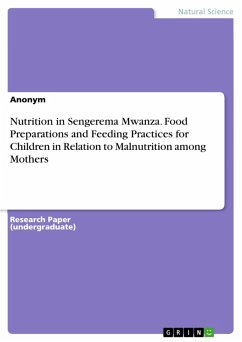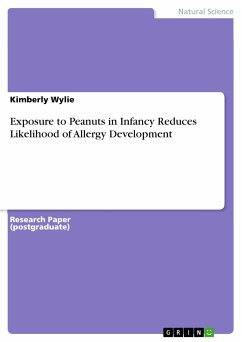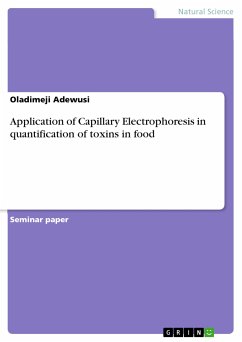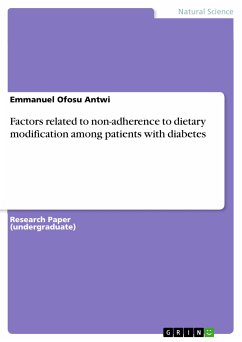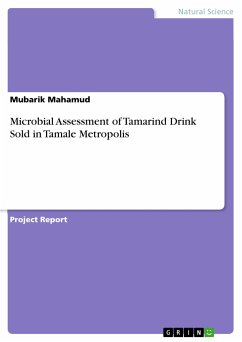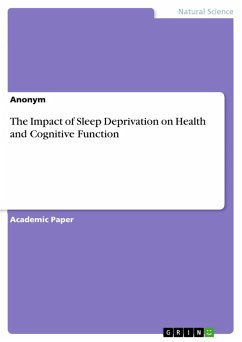Research Paper (undergraduate) from the year 2022 in the subject Biology - Diseases, Health, Nutrition, , language: English, abstract: Major problems facing under five children in Tanzania are overnutrition and undernutrition the latter being the leading one, according to the Tanzania National Nutrition Survey (TNNS) 2018, 31,8 percent of under-five children are stunted, which is a significant decrease from 34,7 percent in 2014, it was approximated that the number of children who were acute malnourished had increased from 440,000 in 2014 to 530,000 in 2018. At the national level, the prevalence of underweight among children aged 0-59 months was at 14,6 percent in 2018, which was significantly higher than the 13,4 percent in 2014, 2,8 percent of under-five children are overweight and large number being found in urban areas. Firstly, to investigate the socio-economic, cultural, and environmental factors contributing to malnutrition in Mwanza Region. Secondly, to explore food preparation practices and their impact on nutrient retention, and adequacy and access nutrition status. Lastly, to identify feeding practices, including breastfeeding and complementary feeding, and their association with under-5 malnutrition A cross-sectional study design was established, that employed quantitative and qualitative approach. Data were collected using semi structured questionnaires, by using cross sectional study design. A total of 440 respondents were involved in the study. The information obtained was then analyzed using EXCEL, SPSS Version 20 and ENA for SMART Programme and interpreted by using the WHO Standards (2006). The converted nutritional data were transformed into Z-scores of the indices; height-for-age, weight-for-height and weight-for-age to identify associated factors of malnutrition.
Dieser Download kann aus rechtlichen Gründen nur mit Rechnungsadresse in A, B, BG, CY, CZ, D, DK, EW, E, FIN, F, GR, HR, H, IRL, I, LT, L, LR, M, NL, PL, P, R, S, SLO, SK ausgeliefert werden.

